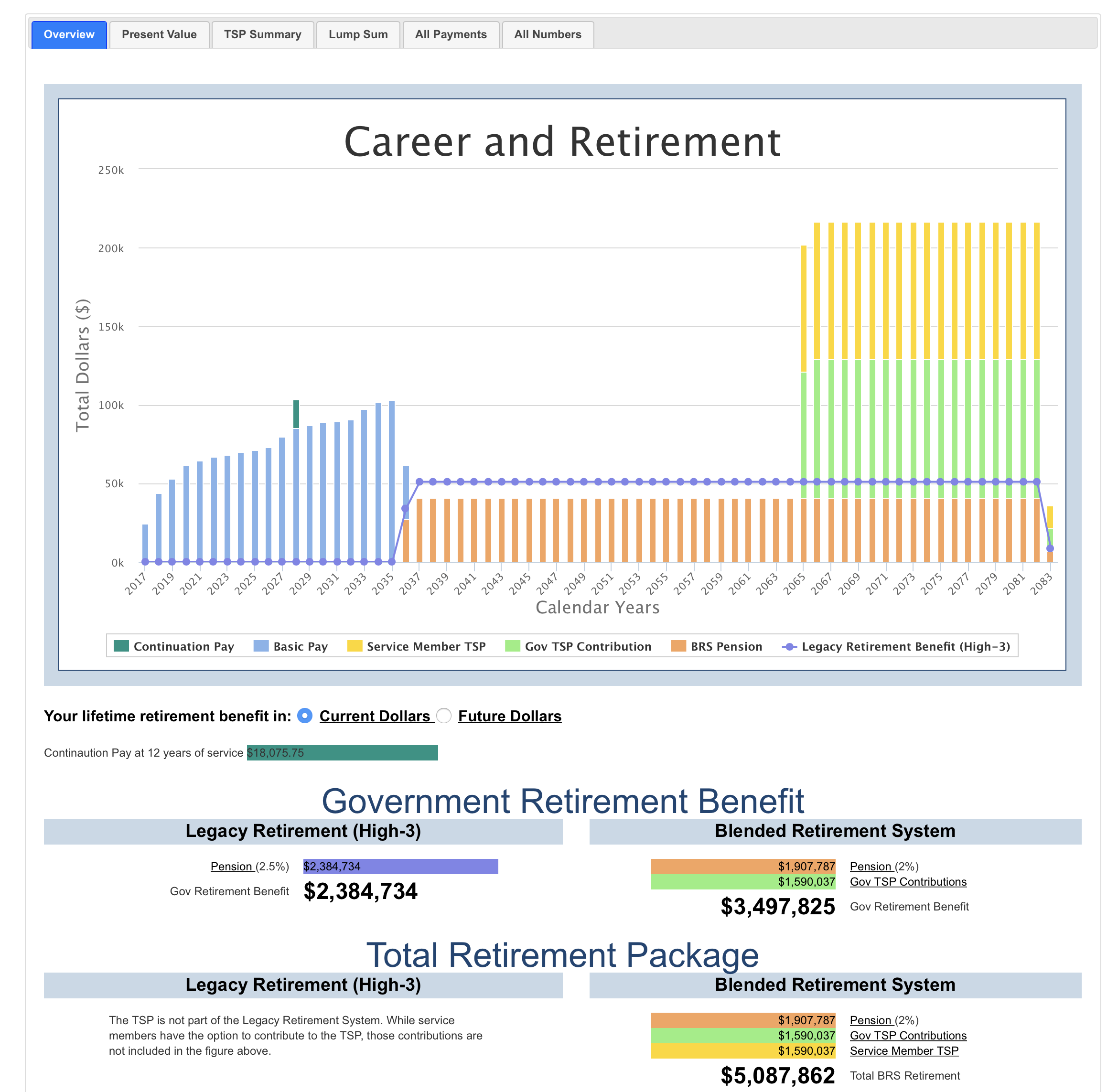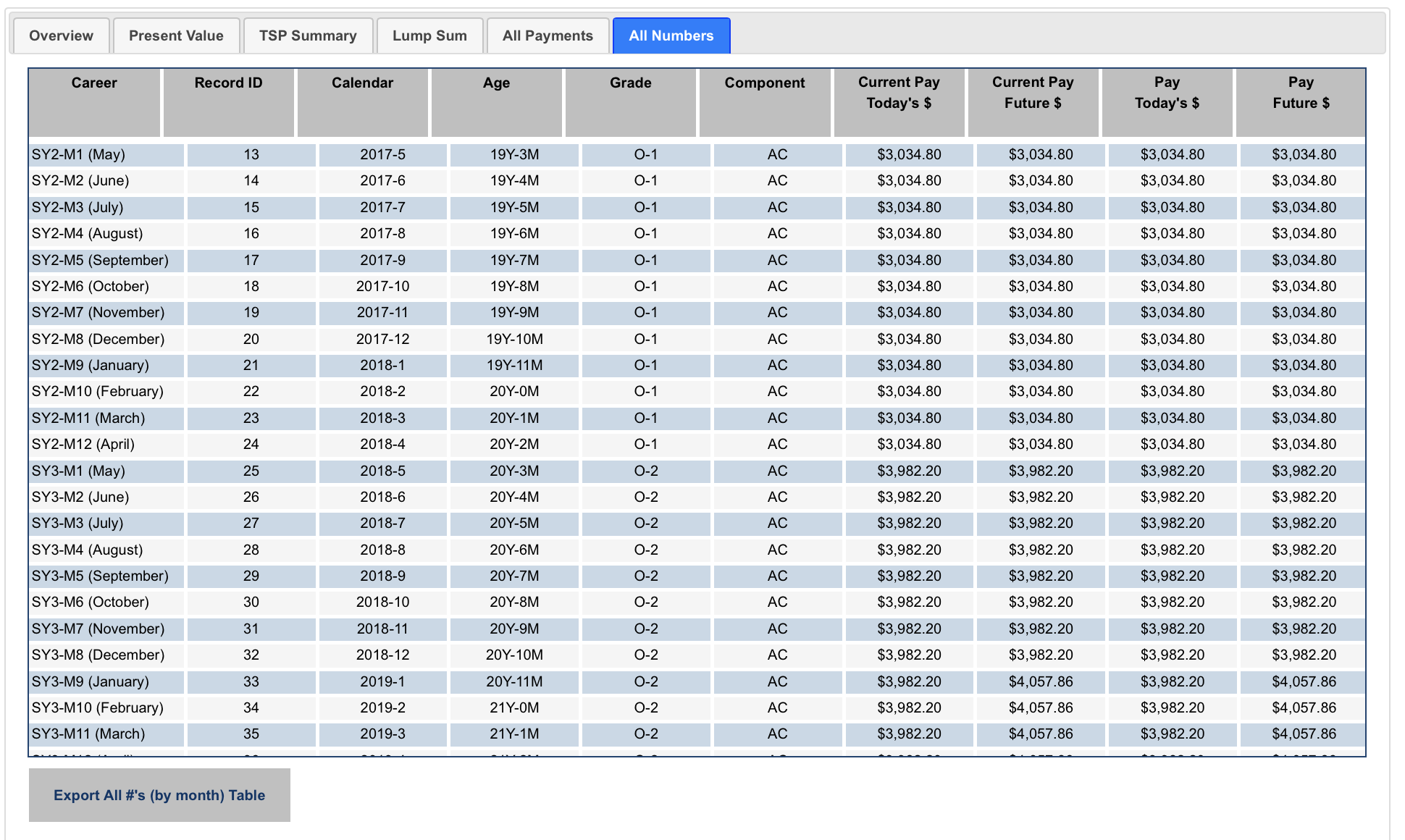I've had this post written as a draft for some time, but given the sad news that William Baumol has passed away, I thought it would be appropriate to post it today.
Baumol's cost disease occurs when sectors with low productivity are forced to raise wages. The Economist succinctly explains the repercussions:
Employers in such sectors face a problem: they also need to increase their wages so workers don’t defect. The result is that, although output per worker rises only slowly or not at all, wages go up as fast as they do in the rest of the economy. As the costs of production in stagnant sectors rise, firms are forced to raise prices. These increases are faster than those in sectors where productivity is improving, and faster than inflation (which blends together all the prices in the economy). So prices of goods from stagnant sectors must rise in real terms. Hence “cost disease”.
The Wall St. Journal had an article arguing that gains in productivity are more difficult in the services sector. This makes services more prone to cost disease. How susceptible is the military to this concern?
The Defense Department faces pressure to keep military salaries, which are based on experience and rank rather than achievement, comparable to civilian wages. And, while factors influencing military productivity have been studied in the past, more research is necessary to fully understand whether overall productivity is increasing in line with other sectors.
Some military innovations have led to increases in productivity. Examples include precision weapons, GPS, remotely piloted aircraft, operational support contracting, and online services. These savings are partially reflected in the decline in military endstrength. Nevertheless, the military is heavily reliant on manpower -- boots on the ground is a common measure of engagement -- to provide national security. And, the services are requesting increases in personnel to support perceived mission requirements.
Given that the cost of military personnel consumes over a third of the defense budget and that the department spends over $10 billion annually on recruiting and initial training, DoD should be aware of the impact that cost disease has on wages and attempt to link salaries to productivity to a greater extent by defining and measuring worker output.








